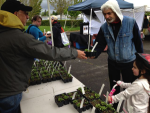Farmers’ markets are a collection of businesses, a temporal grocery store where each shelf comes with a smiling face and a wealth of knowledge about the products they create. We’re giving our vendors the spotlight to share more about their role in the Hillsdale market community.
By Sarah West
They say that stress, and the chemical manifestations it unleashes throughout the body, can ruin a good piece of meat. Several contemporary studies (and generations of small-scale herding traditions around the world) offer compelling evidence supporting this simple and palatable equation: animals raised in an environment that allows them to live calm and comfortable lives, and who are slaughtered in a way that minimizes fear and anxiety, will taste better.
“Trust reduces adrenalin for us all,” reads a paragraph on the Meadow Harvest website, wherein they explain that a key component of their animal handling practices is simply to spend time together, familiarizing the animals with their voices, their presence among the herd, and expressing—there’s no other word for it—their love.
Walking around the farm with Sage and Brian, the proprietors, proud parents, and caretakers of Meadow Harvest’s cows and sheep, their fondness for the animals, and for their work as small-scale ranchers, is obvious.
“Hi cows. Hi weirdos. Hey you.” Brian affectionately coos to the cows as we walk toward where the herd has gathered in the cool shade of their large barn.
Until 2006, the couple used their 60-acre parcel, just inland from the coastal town of Nehalem, to manage a dairy herd. Selling their milk exclusively to Tillamook (whose drivers would collect the daily milkings), along with the demanding schedule of a dairy, kept them busy and somewhat secluded on their tranquil farm, with cows, sheep, farm dogs, and the sea breeze to keep them company. When the couple decided to retire from dairy farming, they couldn’t imagine their land without ruminants; so instead of quitting the farm altogether, they downsized into pastured meat production.
As Brian walks to the barn’s feeding area to entice the cows toward us with some hay, he trips on a concrete block and takes a controlled tumble onto the barn floor. I ask if he’s okay and instinctively move to help him, but before I can get close he bounces back up and says with a laugh, “It’s part of the job!”
Brian, a lifelong dairy farmer, is also legally blind. His blindness isn’t complete—as a youth he could see well enough to play basketball, a sport about which he remains passionate—though his condition, a genetic disease called Retinitis Pigmentosa, has progressed over time, whittling his vision down to very little. He moves around the farm—with the occasional assist from Sage—without difficulty, and is the primary caretaker of their herd. Sage, he notes, is now in semi-retirement.
And he didn’t learn to be a blind farmer as a fully blind man, which, along with years of experience, explains his ease and familiarity with what may seem to an outsider as dangerous work for a person with vision impairment.
“I could see well enough when I started [dairy farming],” Brian explains, “that I think I just adjusted slowly to the increments of vision loss. And we had the tamest cows in Tillamook County. That helped!”
Sitting on a gentle slope, the farm’s pasture eases toward the lush, tree-lined banks of the North Fork Nehalem River, the other side of which is forestland and undulating Coast Range hills. You can’t see or hear the ocean, pulsing only a few miles west as the crow flies, and their narrow valley is somewhat buffered from the Pacific’s cooling influence, but even on a hot day the shade is pleasant and the occasional gust carries a hint of brine.
Brian began working as a dairyman on the Oregon coast at the age of 22, taking over a project his father had started on a whim, and learning through trial and error a set of skills that were completely new to him. Raised in L.A. and schooled on the east coast, Brian was not from diary farming lineage, though as a child his family had vacationed on the Oregon coast and he was familiar with the Nehalem area.
“I just jumped right in,” Brian recalls. “And you learn fast because if you don’t do all the work that needs to get done, no one else is going to.”
Brian also picked up bits and piece from neighbors and his long-time veterinarian, Pete Miller, who was always willing to talk cows and taught Brian much about their temperament, nutritional needs, and general care.
Sage came to sheep farming as a fiber artist completing an MFA at Montana State University in Bozeman. A spinner interested in raising her own wool stock, Sage, with the help of her sister, began farming sheep in Washington State not long before she reconnected with Brian.
The two met by chance as young children, when their families hit it off on a camping trip in the Trinity Alps. When they met again as adults, they formed what has proven to be a lasting partnership. Brian’s dairy farm has hosted roaming sheep ever since, and Sage’s sheep herd hasn’t missed a shearing without the curious gaze of cows. With the transition to meat production, the couple found that farmers markets were the most accessible venue for selling their product, and instantly enjoyed their social atmosphere.
When I ask if selling at the market has changed anything about their experience as farmers, Sage offers, “At the market, you can connect with the people who benefit from your hard work, as opposed to working with Tillamook, where your milk is taken away in a steel tank and never heard from again.”
Brian eagerly chimes in that, yes, “The camaraderie at the market is wonderful.”
Not surprisingly, the inventory of Meadow Harvest’s market offerings reflects Sage and Brian’s parallel interests. Dairy cows have been replaced with Murray Grey beef cattle, an Australian breed known for its gentle demeanor and fine flavor. Sage’s original sheep herd—mostly consisting of a breed called Targhee (of Idaho provenance and known for high quality wool)—has expanded to include, and interbreed with, Texel, a sheep that hails from the northwestern coast of Europe and is prized for quick-growing lambs and delicious meat.
Choosing breeds that fit the character of their farm, and raising them with integrity, helps Brian and Sage produce the best possible product. They keep the herds small and rotate them among thirteen sweet clover and grass pastures, providing as much of their nutrition from fresh forage as possible. They breed and raise their own calves and lambs, selecting for desirable traits. They have even begun to dabble in some of the latest research tracking genetic traits associated with marbling and tenderness, and have confirmed through testing that their bull, Ulysses, carries all of the known predictors for tenderness. And along with everything else, their animals get lots of ear scratches and hellos and love. You can taste that, too.
Find out more about Meadow Harvests practices, breeds, and products at www.meadowharvest.com.
Meadow Harvest is now offering farm stays! Play at the beach and sleep on the farm. See their listing here.




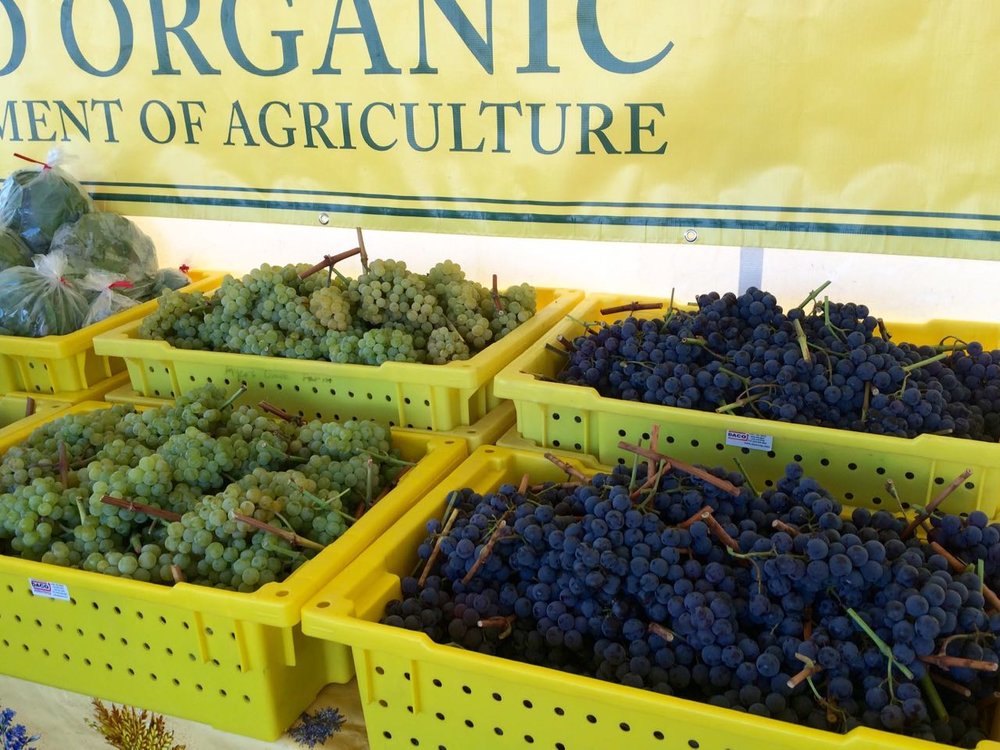
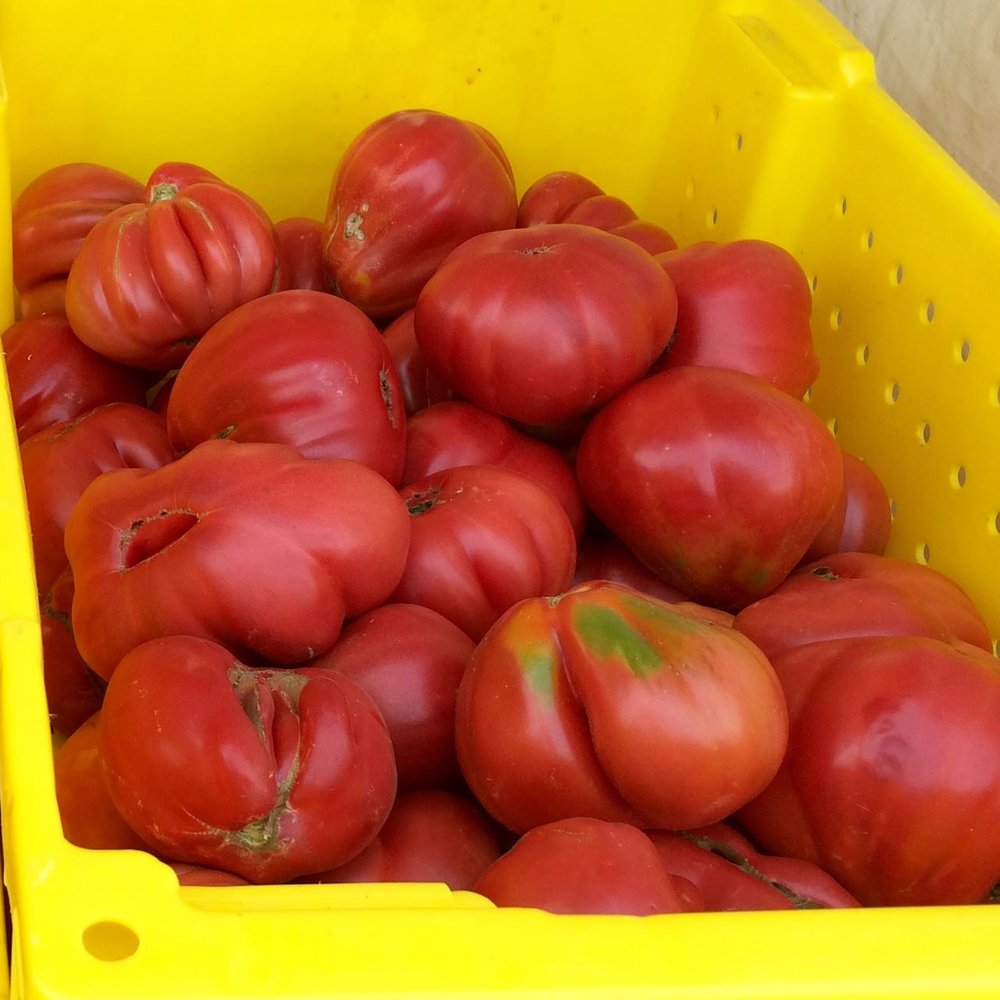















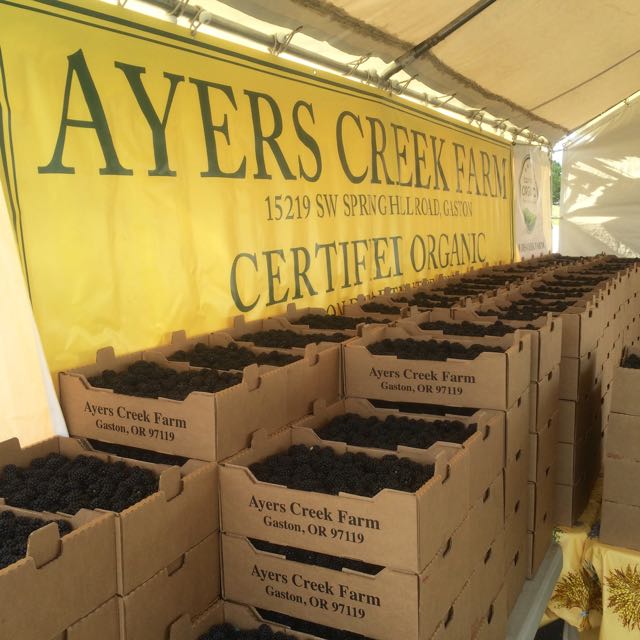

 i
i





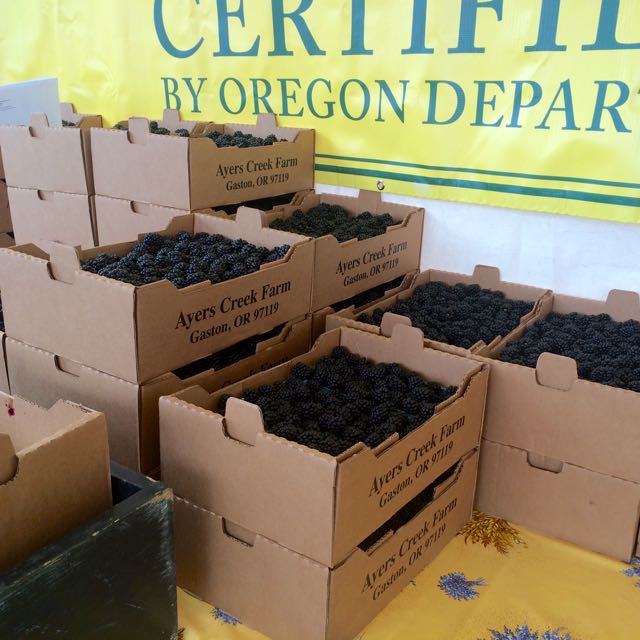
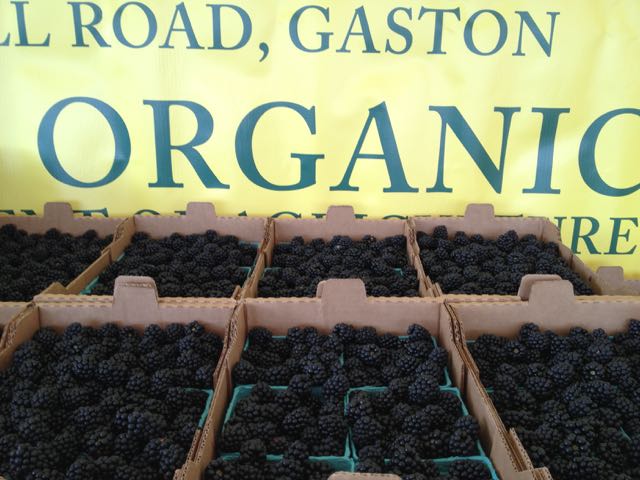


 i
i

